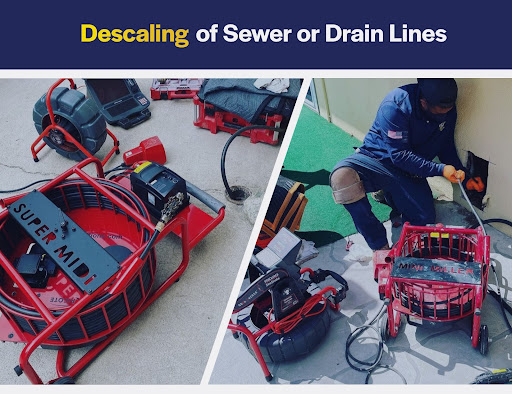
Pipe scaling refers to the build up of rust and minerals in the inner walls of your drain or sewer lines. Some of the most common minerals that accumulate naturally over time are calcium carbonate and magnesium, which create a scaly residue that occupies the majority of your pipe’s drain flow real estate. Once your pipes are lined with a thick, jagged layer of buildup, they begin to capture and amass additional waste that flows down through your drains. This in turn eventually leads to blockage which prevents draining all together.
Cast iron pipes are more susceptible to severe scaling because their inner walls become coated with not only calcium and magnesium salts but also iron oxide. While some slight scaling can actually be considered beneficial because a coat of harmless minerals such as calcium and magnesium acts as a barrier against corrosion, iron oxide is essentially rust that does the exact opposite and leads to pipe deterioration.
Descaling is a pipe rehabilitating procedure which restores old cast-iron pipes to promote effective drainage and a working condition. Here’s how it’s done!
The pipe descaling process
Descaling is a non-invasive method of removing the dense, rusty scales that have accumulated inside cast-iron pipes over time, through the use of professional descaling equipment. The tool used specifically for this purpose consists of a metal rod with a chain link attachment. This attachment sends the chain link head spinning, using centrifugal force to keep it centered inside the pipe to thoroughly clear the inside of your drain or sewer line of any buildup, without compromising the pipe’s integrity. It’s also designed to provide extra protection for descaling cracked or damaged lines.
Paired with a hydro-jetting rod that sends high-pressure water blasting, keeping the chain link attachment lubricated, this process scrapes off mineral buildup and flushes it out at the same time, leaving your pipe looking and working like new. This equipment includes attachments for all types of pipes making this fully adaptable and suitable for any descaling job.
Pipe descaling is often performed as a means to prepare your pipe for a epoxy brush coat. Epoxy is a chemical compound which we use to coat and infuse the inner walls of your pipes. This in turn provides waterproofing, strength and durability. Once cured, the epoxy coat is three times as strong as concrete and can withstand up to 10,000 PSI meaning that high pressure water will not disturb its integrity. While the descaling process is a lengthy process, epoxy brush coating is performed much faster and can usually be done in one day, depending on the state of your pipes.
Cast-iron pipes usually began to show signs of severe mineral buildup after being used regularly anywhere from 35-50 years. After we implement a thorough pipe-rehabilitating descaling and epoxy brush coating process to an old cast-iron drain or sewer pipe it can gain another 35-50 years of use! This extends the life of your drain and sewer lines which helps home and business owners alike, avoid costly drain replacements.
Descaling can be a very tedious process of filing away mineral buildup, hydro-jetting away any loose particles, video inspecting to ensure quality of work and applying a fresh coat of epoxy lining. The results, however, are well worth it as the combination of hydro-jetting, descaling and epoxy brush coating is a non-invasive, trenchless method that vastly improves the condition and efficiency of your drain and sewer lines for a very long time!
This process does take patience, skill and knowledge of a trained and experienced professional. Call us today to make an appointment or for a free estimate and remember that for plumbing emergencies, we are at your service 24/7.
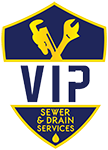


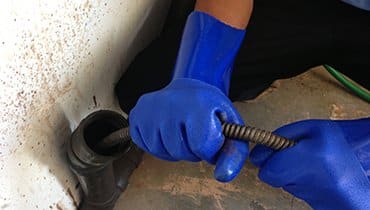
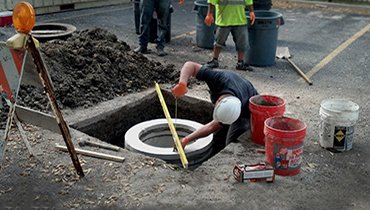
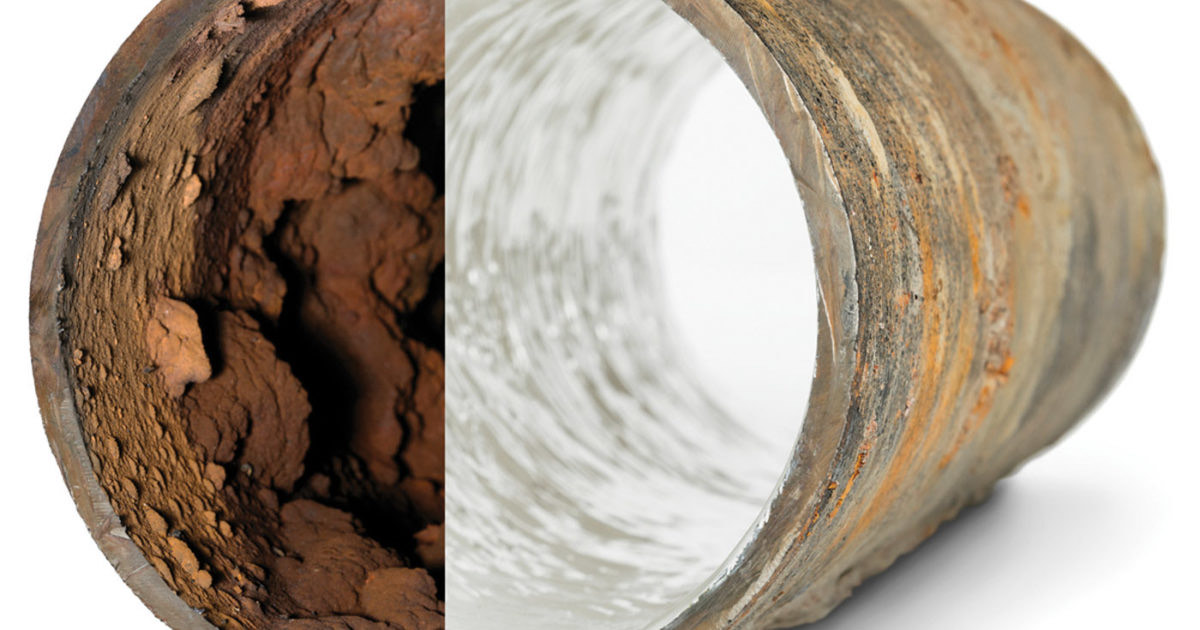
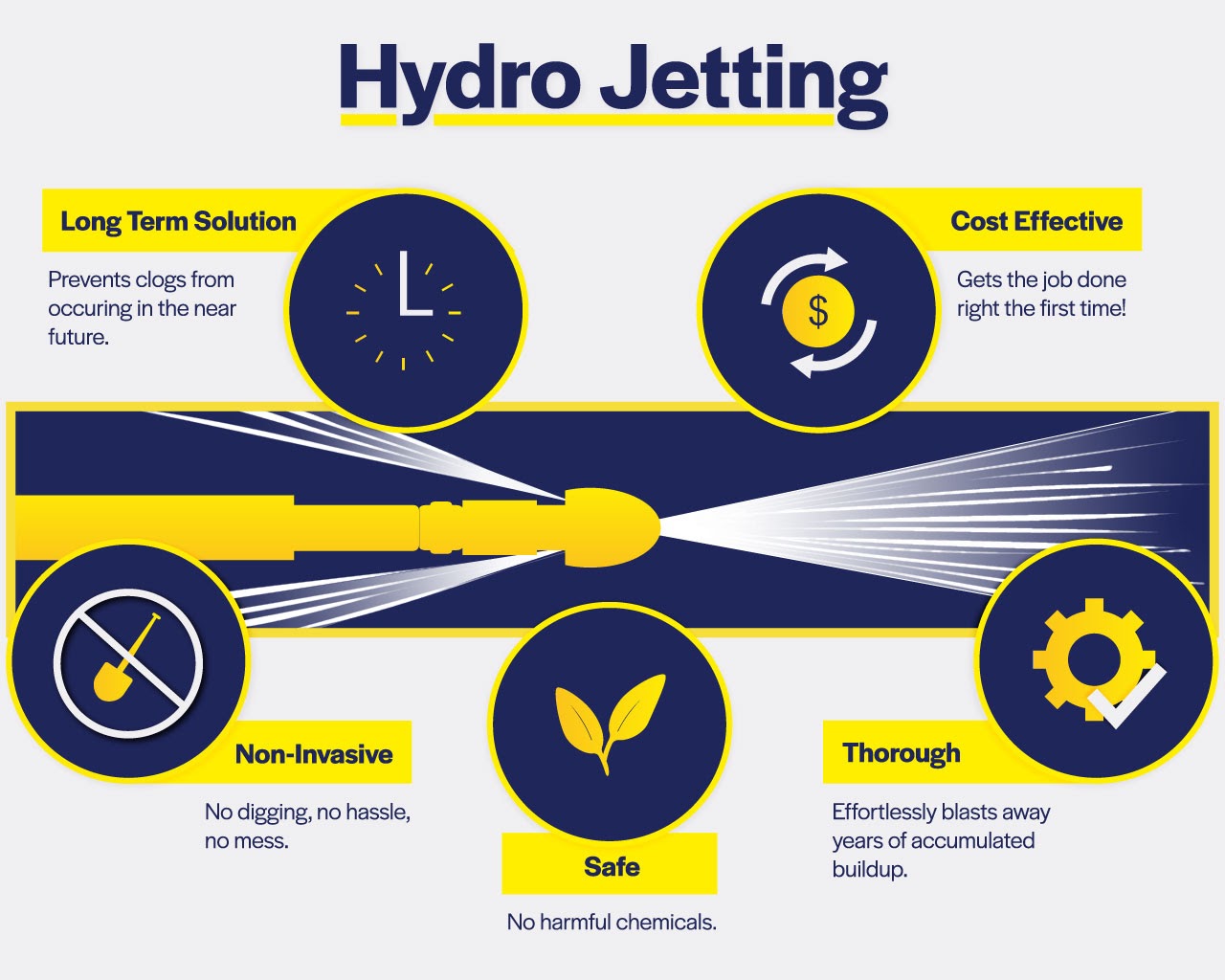
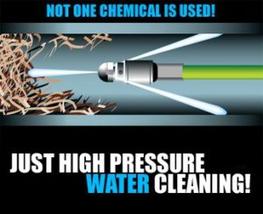
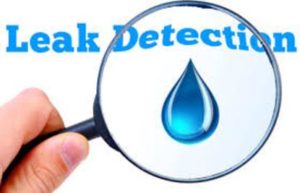
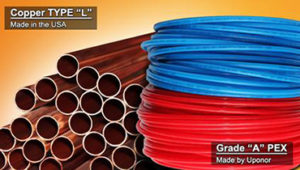
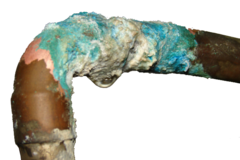 Common signs of a hidden water leak include:
Common signs of a hidden water leak include: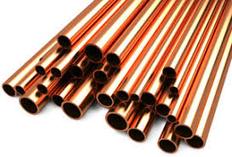 Copper
Copper 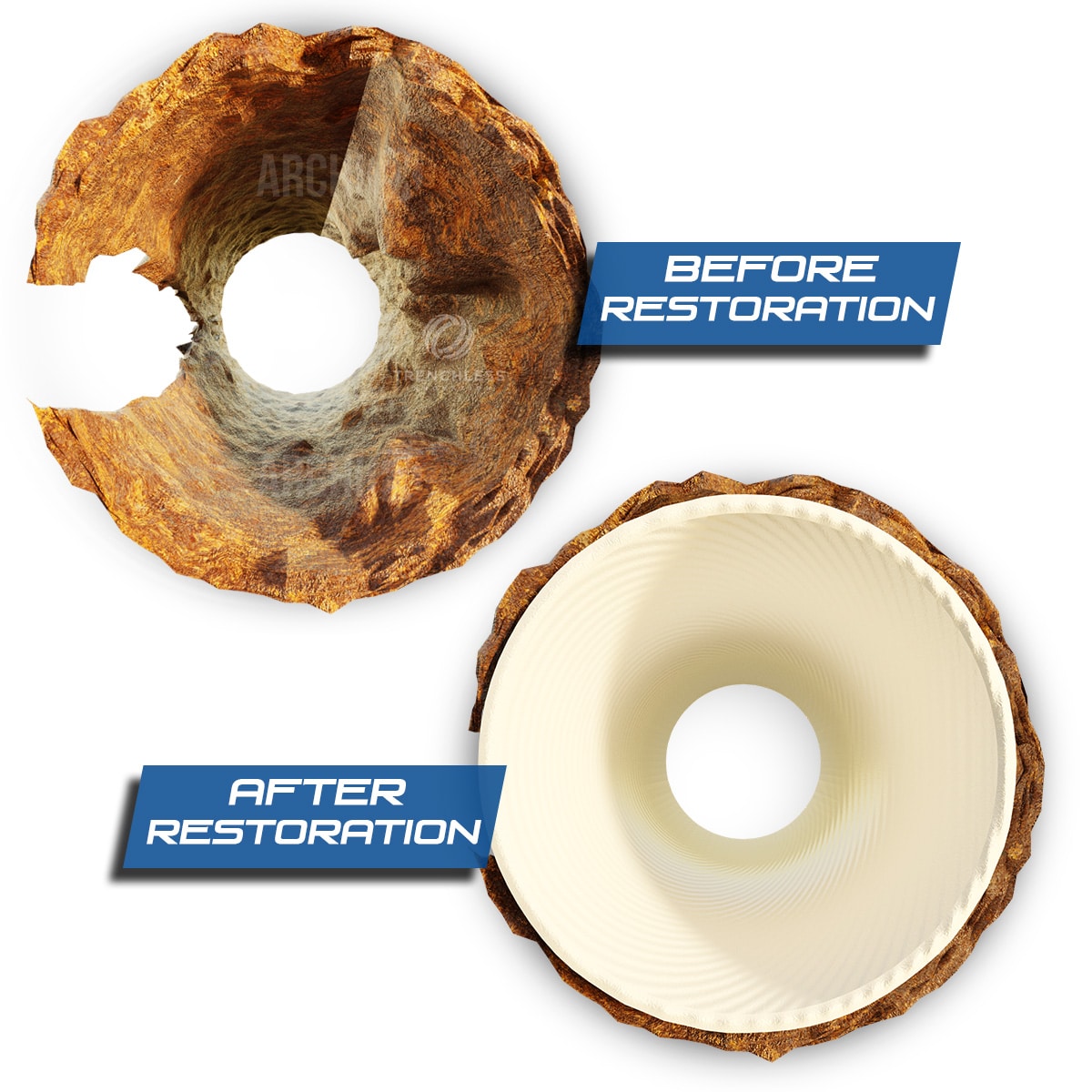 Relining in the context of sewer rehabilitation can be defined as the process of repairing a damaged sewer pipeline by inserting a liner coated with resins that is expanded into the damaged pipe to create a lining within the pipe.
Relining in the context of sewer rehabilitation can be defined as the process of repairing a damaged sewer pipeline by inserting a liner coated with resins that is expanded into the damaged pipe to create a lining within the pipe. A sewer camera inspection is an easy and affordable method to identify and locate any cracks, breaks, offsets or separations in your drain or sewer line. Pinpointing the exact location of any areas of concern allows us to focus and resolve only the problem at hand, instead of replacing your entire sewer line, saving you a significant amount of time and money.
A sewer camera inspection is an easy and affordable method to identify and locate any cracks, breaks, offsets or separations in your drain or sewer line. Pinpointing the exact location of any areas of concern allows us to focus and resolve only the problem at hand, instead of replacing your entire sewer line, saving you a significant amount of time and money.